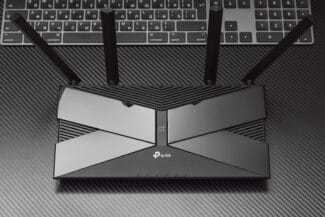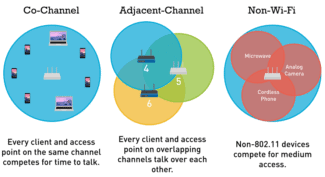The advanced standard offers excellent speed and quality of information transfer, while supporting multiple devices without reducing bandwidth.
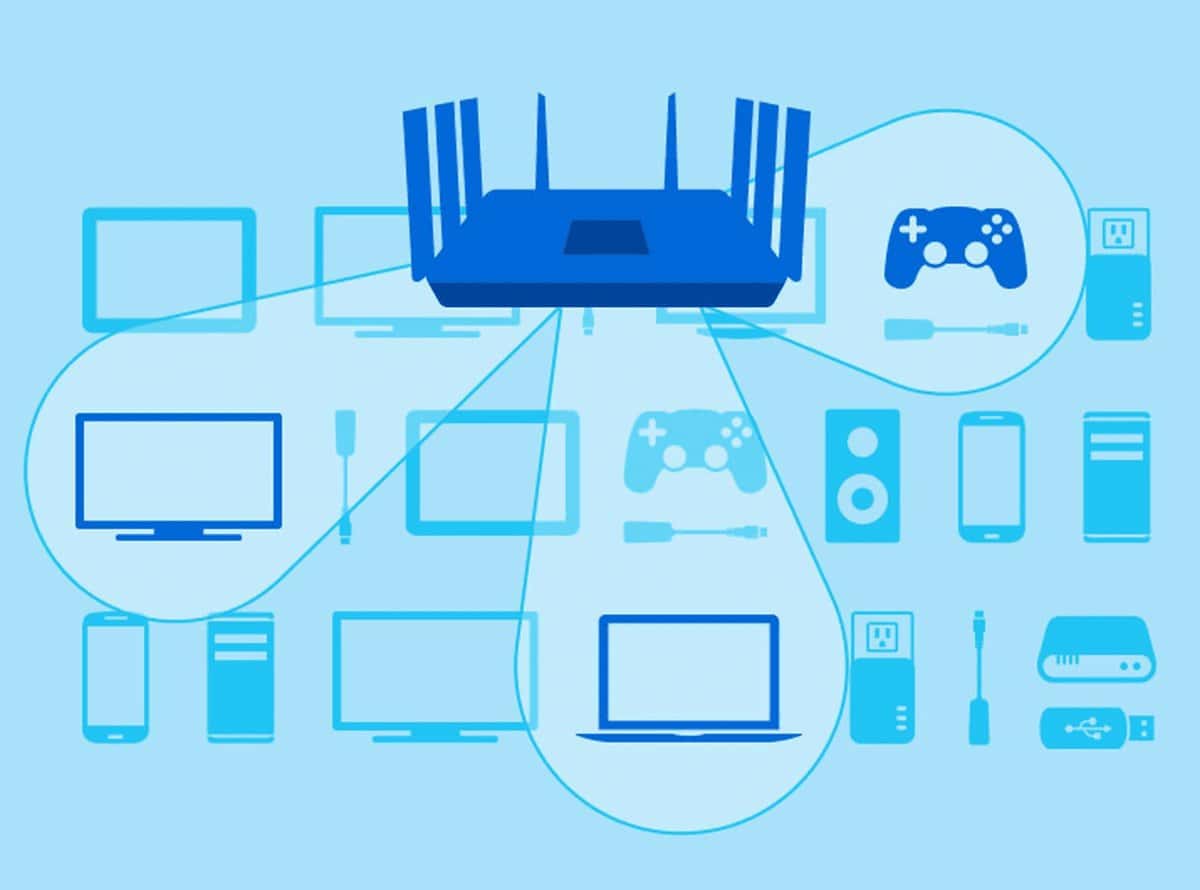
Next-generation goal
Wifi technology has been in widespread use since the beginning of the past decades, and its first generations met all the requirements. With the proliferation of routers and significant increases in bandwidth standards, new generations of Wi-Fi had to address the problems that arose. At first, companies only worked on coverage area, then additional frequencies were introduced and the problem of channel congestion was solved. The seventh generation, on the other hand, does not solve global problems and focuses solely on speed and functionality for particularly demanding users.
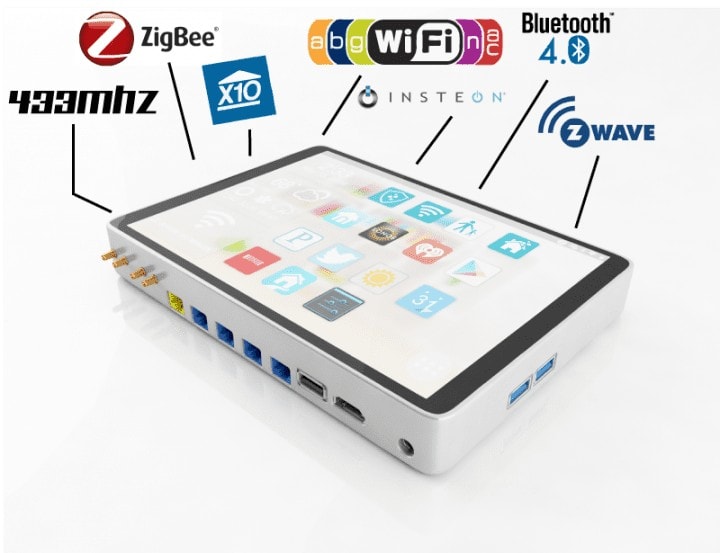
Features of Wi-Fi
Early last year, Qualcomm announced the release of the 7th generation Wi-Fi. In September of the same year, Intel together with Broadcom demonstrated the operation of the new network, and in November 2022, the Chinese company TP-Link presented us routers that support the new standard. Although the previous generations of Wi-Fi 6 and Wi-Fi 6E came out not so long ago (2019 and 2021, respectively), Wi-Fi 7 has serious technical advantages, which we will consider below.
Wi-Fi 7, like the previous generation (Wi-Fi 6E), is capable of operating in 3 frequency bands: 2.4, 5 and 6 GHz. Only if Wi-Fi 6E worked with each band individually, the new generation is able to do so with three at the same time. This is necessary for optimal channel selection, as well as the coverage/speed ratio. After all, as you know, the shorter the wavelength, the smaller its penetration, and therefore the coverage area. For example, the main advantage of the 2.4 GHz band was the large range of up to 50 meters. With the 5 GHz band such a radius will be no more than 15 meters, but the speed in the absence of obstacles will be much higher. In addition, the problem of interference is solved, because in apartment buildings routers will not interfere with each other. With 6 GHz the situation is similar – the radius is 11-13 meters, but the maximum transmission speed can be achieved.

As for the channels within each band, in this respect Wi-Fi 7 is no different from the previous one (6E): 13 channels for 2.4 GHz, 33 for 5 GHz and 59 channels for 6 GHz. However, there are significant differences in the width of the channel itself, because for Wi-Fi 6E the maximum width was 160 MHz, and in the 7th generation this indicator can reach 320 MHz, that is, the router will occupy from 1 to 32 channels simultaneously. This significantly increases the bandwidth and stability of the network. In this case there will be no serious interference even with a high density of such devices in an apartment building, as such short waves simply will not "reach" the other apartment.
What is it?
In short, WiFi 6E is the latest wireless networking standard from the WiFi Alliance. It can hardly be called a new generation since it is still an improved version of Wi-Fi 6, which is called an extension of the standard. Additionally, there are 14 new 80 MHz channels "grown" here, plus 7 160 MHz channels. But the main difference in the expansion is that only WiFi 6E devices are capable of operating in the 6 GHz band.
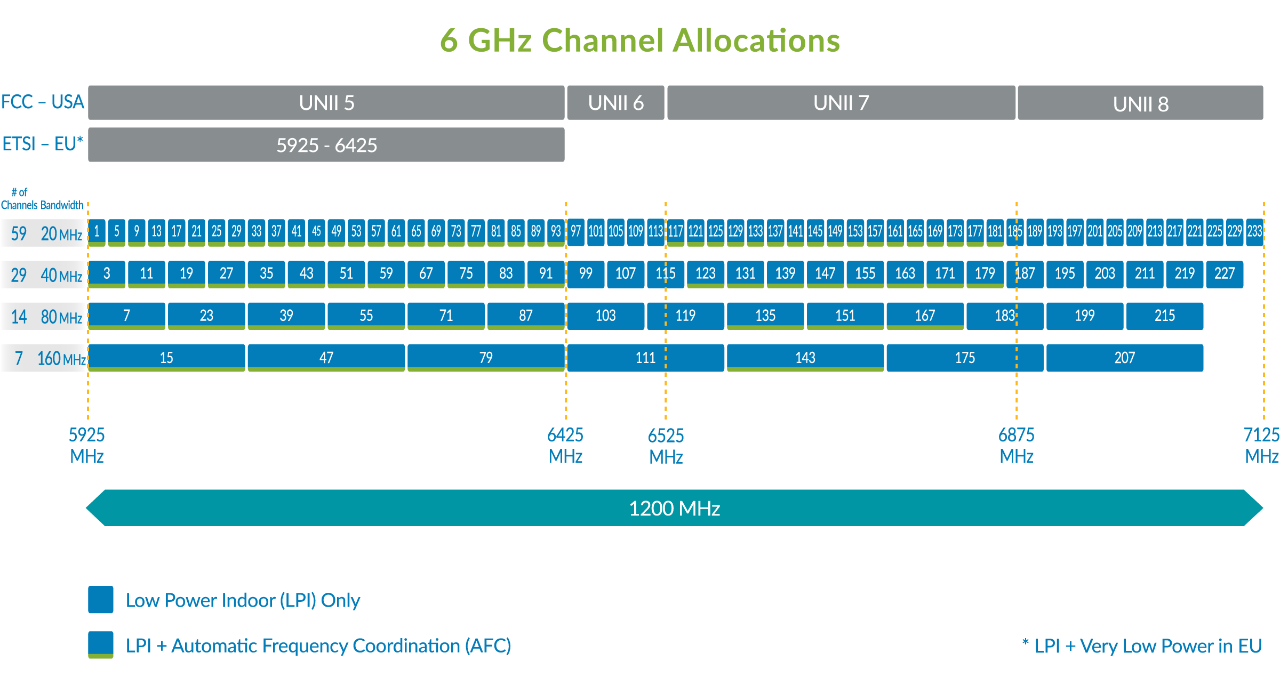
- 8×8 upstream/downstream MU-MIMO, OFDMA and BSS Color channels to provide the ability to handle up to four times as many devices;
- Targeted wake-up time (TWT) to improve network efficiency and battery life of devices, including Internet of Things devices;
- 1024 quadrature amplitude modulation mode (1024-QAM), which allows more bandwidth for new bandwidth-intensive applications and transmitting more data in the same amount of spectrum.
There is a disadvantage, too – WiFi 6E is not a very long-range technology. A less-than-thick wall is an obstacle to signal transmission. Thus, the connection will only work in buildings with a minimum of overlap or even in an open space. As with WiFi 6, WiFi 6E has several ways of dealing with interference – for example, with other routers and other devices "buzzing" nearby.
Another problem is that very few states now officially allow frequencies in the 6 GHz band. We talked about open spaces above – but so far, only indoor permits have been issued for this technology. In short, WiFi 6E is a system for home and office use. So far, you can't deploy such a network in an open area of, say, an enterprise – it's forbidden.
Well, what about the support?
Since the standard itself is still in its formative stages, there are no devices of this type – they are only being developed. Most likely, software will appear before the "iron" – it will allow the testing of devices that are being prepared for withdrawal. At CES 2020, Broadcom announced that it has systems on a chip that support the new technology. These systems can be integrated into WiFI 6 devices to make sixth-generation devices compatible with the extended version, 6E, with minimal resources.
The main problem is with the use of the 6 GHz frequency. This is not possible for devices which support the previous standard, so a new module has to be added.
Read More:

